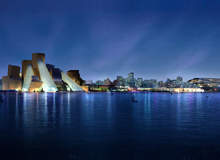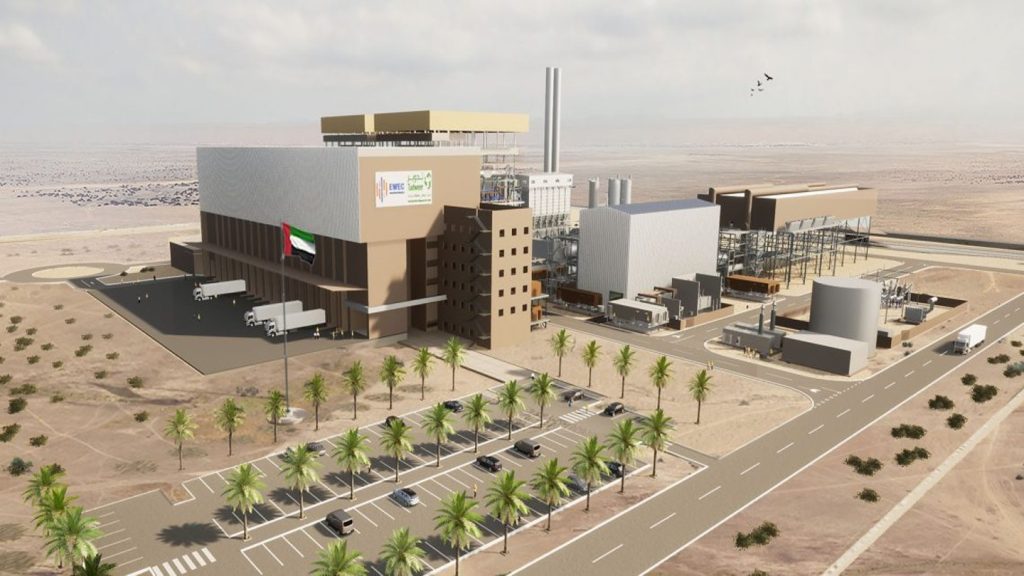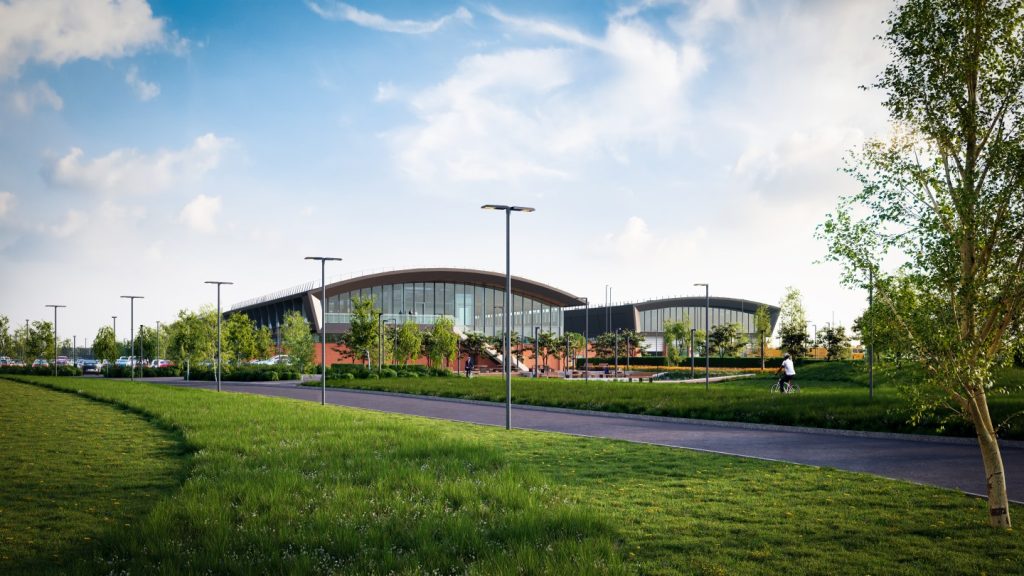
Even in a land unafraid of excess, this is a project on an unimaginable scale. Nestled 700m off the coast of Abu Dhabi and due for completion in 2018, Saadiyat Island will eventually house 150,000 residents across seven districts, as well as boasting major cultural, sporting, tourism and business landmarks.
Initially budgeted to cost $24bn – the Tourism Development and Investment Company (TDIC) now claims that falling construction costs make this figure obsolete, but will offer no revised budget – this is the Abu Dhabi Government’s centrepiece in its efforts to move beyond oil revenues and become a tourist hub akin to its Dubai neighbour.
However, not even Dubai can boast architecture designed, commissioned and constructed almost simultaneously by five individual Pritzker Prize winners. The names are certainly familiar – Foster, Gehry, Nouvel, Ando and Hadid – but then so too are the institutions: why choose between a Louvre and a Guggenheim when you can have both? The entire notion is more akin to a Sim City fantasy than a serious architectural endeavour.
The Foster + Partners Zayed National Museum, Zaha Hadid’s Performing Arts Centre and Tadao Ando’s Maritime Museum would, in most normal cases, engender countless column inches of their own. This, however, is no normal case and popular focus, for the most part, has been directed towards the two cultural behemoths set to make their desert landings in 2012.
Guggenheim in the Gulf
See Also:
With approximately 13,000m² of permanent and temporary exhibition space, Frank Gehry’s Guggenheim Abu Dhabi will be by far the largest of the group’s nine museums. Four levels of central galleries will enclose a central courtyard, with two further rings of galleries encircling this core. The galleries of the outer ring will be industrial in scale; capable of housing vast installation projects.
How well do you really know your competitors?
Access the most comprehensive Company Profiles on the market, powered by GlobalData. Save hours of research. Gain competitive edge.

Thank you!
Your download email will arrive shortly
Not ready to buy yet? Download a free sample
We are confident about the unique quality of our Company Profiles. However, we want you to make the most beneficial decision for your business, so we offer a free sample that you can download by submitting the below form
By GlobalDataGehry’s design plays with elements of Gulf architecture, incorporating dramatic conical forms that allude to the region’s ancient wind towers. These structures blend form and function, ventilating and cooling the museum’s covered courtyards.
“It was clear from the beginning that this had to be a new invention,” Gehry says. “The site itself, virtually on or close to the water on all sides, in a desert landscape with the beautiful sea and all the light quality of the place suggested some of the direction.”
The island on an island
The Guggenheim may long have been a multinational brand, but Abu Dhabi had to sign an intergovernmental agreement with France – and pay a rumoured $548m licensing fee – before plans for the first Louvre outside of Paris got the go ahead.
Construction on the project Jean Nouvel describes as ‘an island on an island’ began in late-May. A micro-city of small buildings, ponds and landscaping, the 24,000m² Louvre Abu Dhabi will be topped by a ‘floating’ 180m-diameter dome that covers two-thirds of the complex and allows a ‘diffuse, magical light’ to enter and illuminate the gallery interiors.
This sense of micro-climate will be further heightened through the use of water and wind throughout the build.
Nouvel previously claimed that the site ‘fired the imagination towards unknown cities buried deep into the sand or sunk under water’, giving birth to his initial design. “These dreamy thoughts have merged into a simple plan of an archaeological field revived as a small city,” he explains, “a cluster of buildings along a leisurely promenade.”
The figures necessary for realising these undertakings are mind-boggling, but Saadiyat Island goes well beyond being a mere vanity project. “They are very conscious that this can change the cultural climate in the region.” explains Barry Lord, president of Lord Cultural Resources, a key partner on the development. “Cultural tourists are wealthier, older, more educated, and they spend more. From an economic point of view, this makes sense.”





